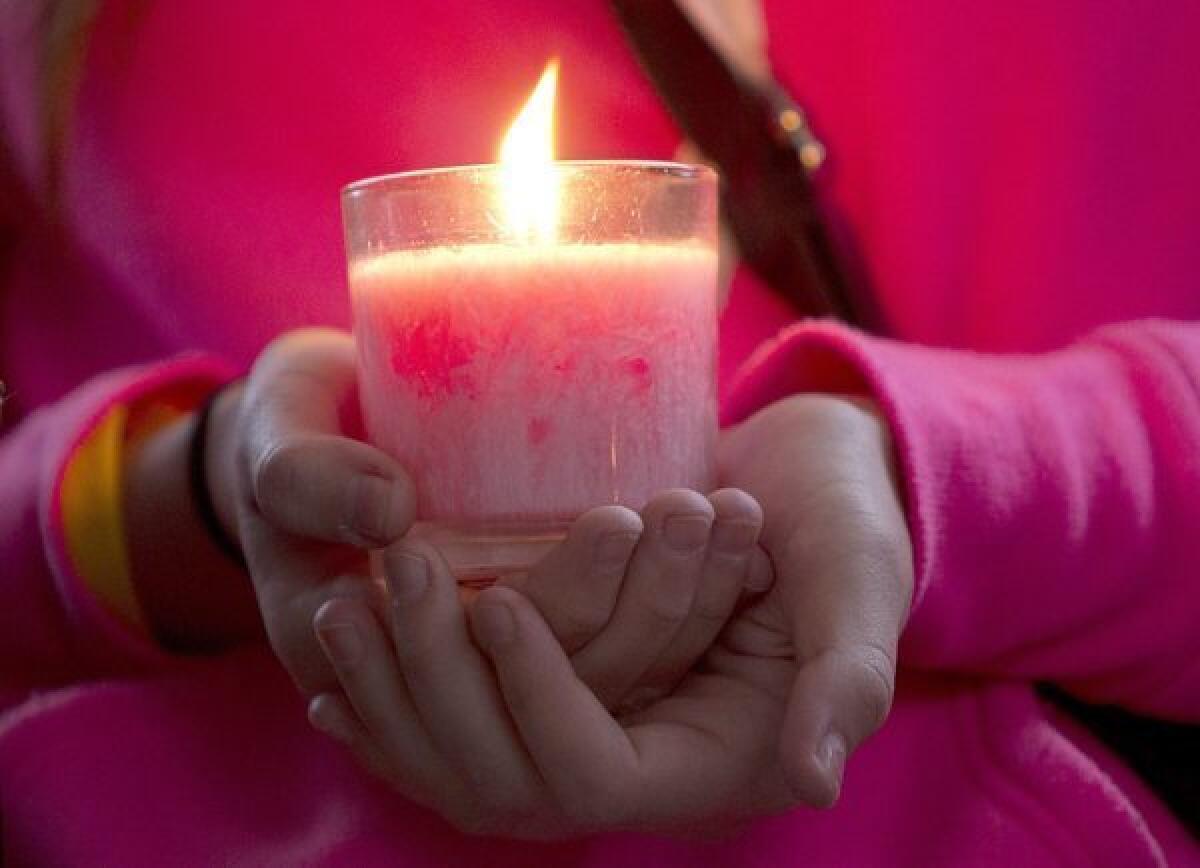Bullying spurs suicidal thoughts - still more if home support lacks

Think bullying doesn’t hurt? A new study suggests otherwise, finding that a youth aged 10 to 17 who reports that he or she has been victimized by peers in the past year is nearly 2 1/2 times likelier to have suicidal thoughts than an adolescent who reports no recent victimization.
If you add the experience of sexual assault or parental maltreatment to peer victimization, a child’s likelihood of pondering suicide is 3.4 times and 4.4 times as high, respectively, as that of a child with no such recent history.
Those findings were presented online first Monday in the Archives of Pediatric and Adolescent Medicine.
The study makes clear in myriad ways that family support is a bulwark against youth suicide when an adolescent is being bullied by peers. When parents contribute to an adolescent’s sense of victimization, the authors suggest, hopelessness is far likelier to take hold, and suicidal thinking likely follows.
Adolescents were also more likely to have contemplated suicide when their families were fractured. Kids living with a single parent or other adults were not substantially more likely than kids in two-parent families to ponder self-harm. But those living in a stepfamily or with a parent and unmarried partner were three times more likely to do so than those living with both biological or adoptive parents.
Suicide is the third leading cause of death among Americans between 15 and 24 years of age. A British study has linked roughly half of adolescent suicides to bullying.
Increasingly, newer research is finding that victims of bullying often have other risk factors that make suicide a higher probability. This study underscores that steering kids from self-harm requires an approach that looks at all dimensions of their lives.
“A comprehensive approach to suicide prevention needs to address the safety of youth in their homes, schools and neighborhoods,” wrote the authors, who come from the University of New Hampshire’s Crimes Against Children Research Center as well as Sewanee, the University of the South.







